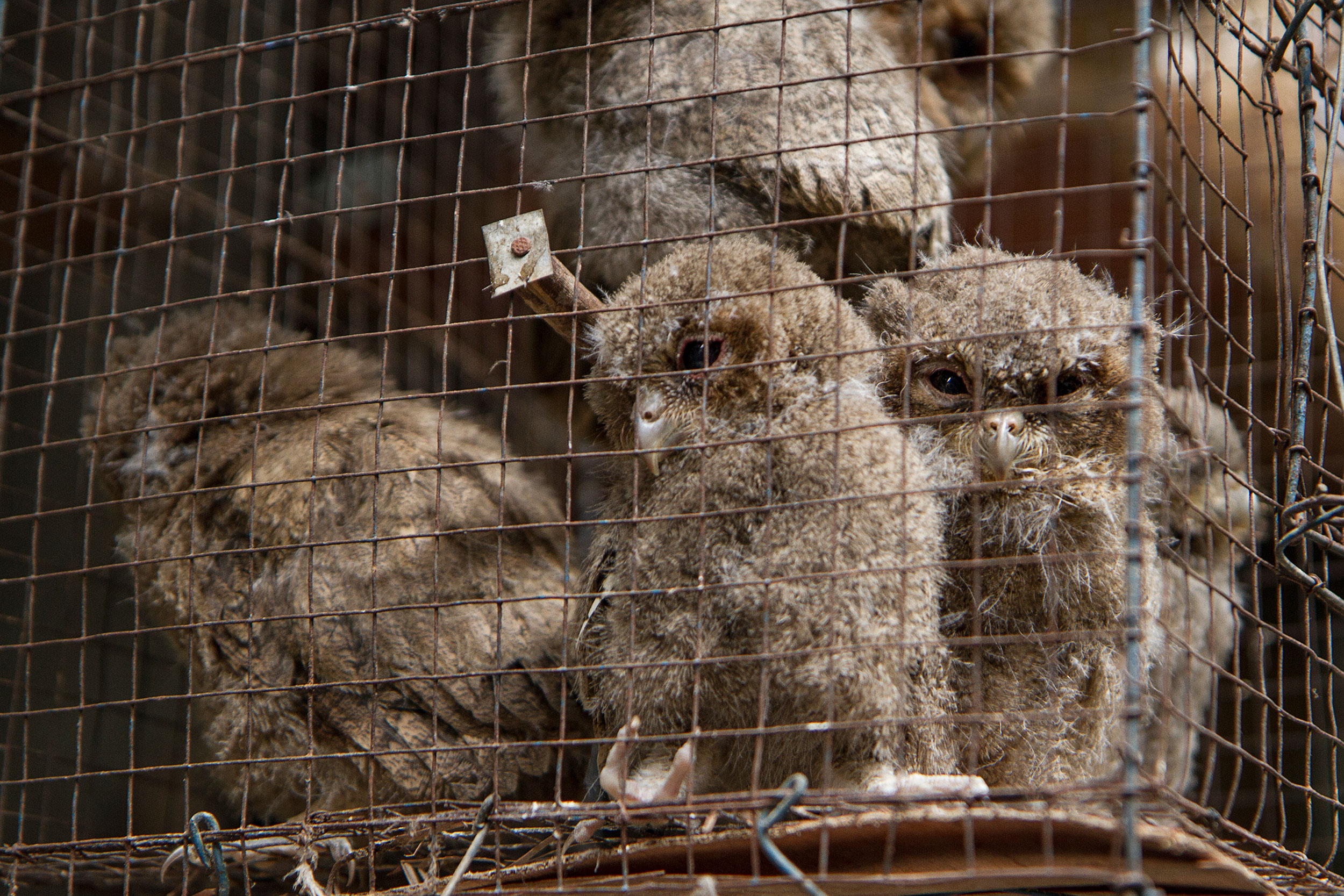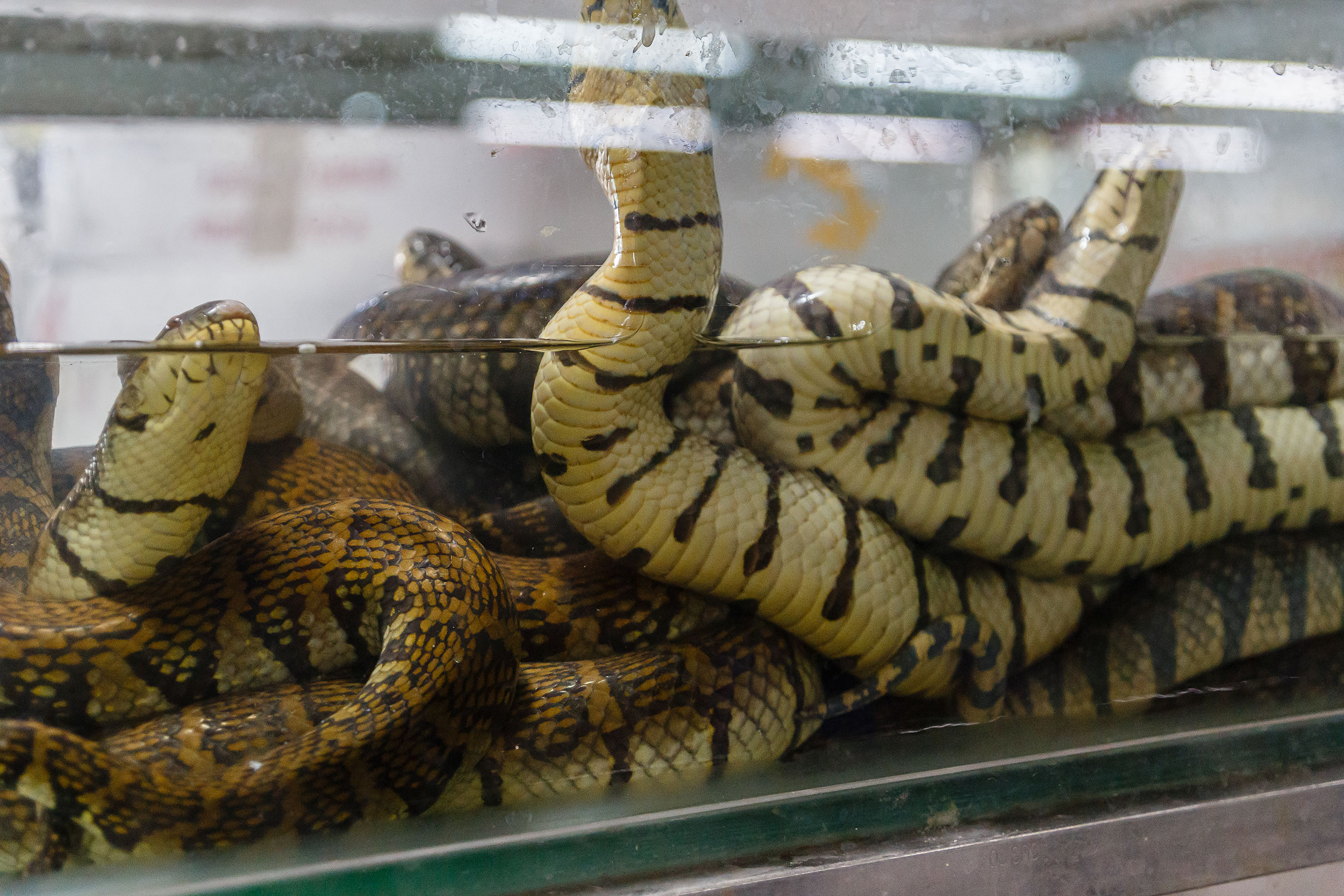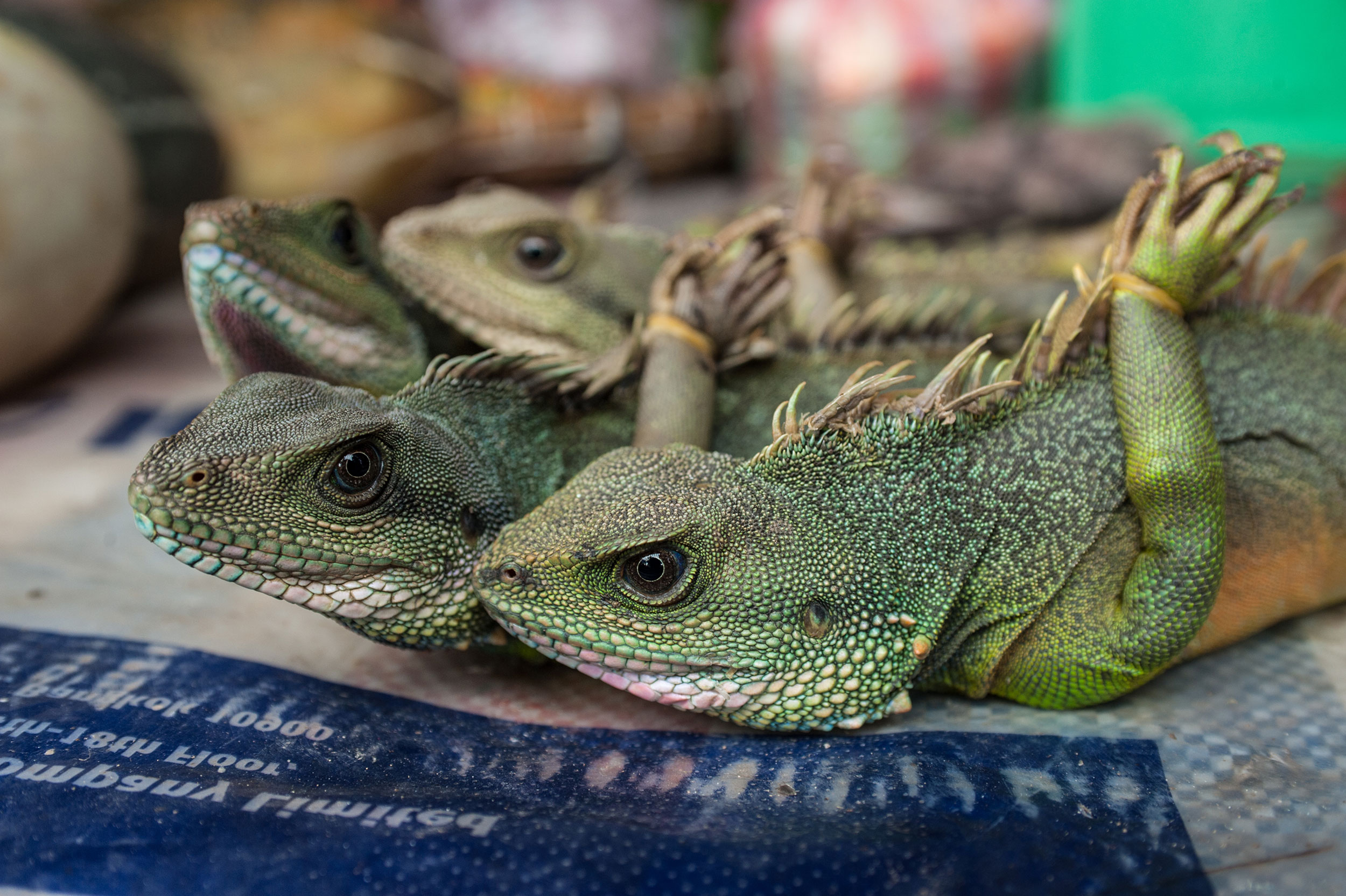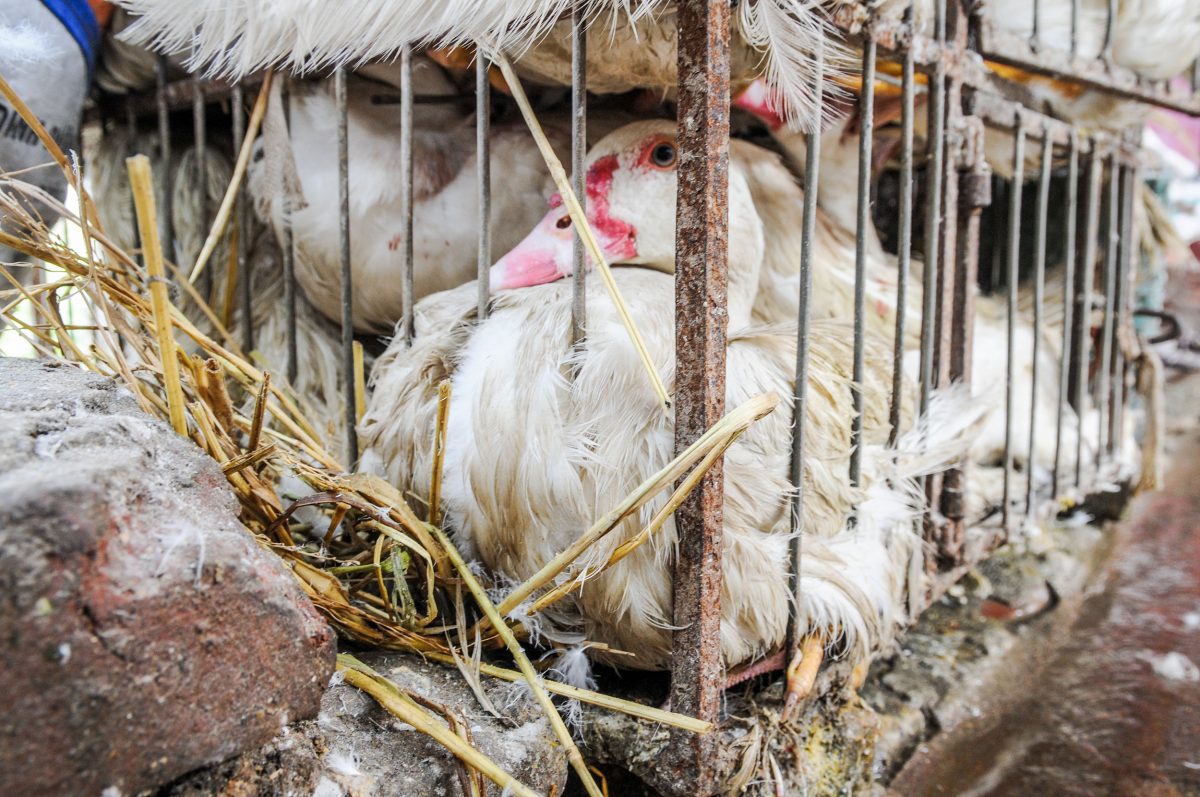
Wet Markets
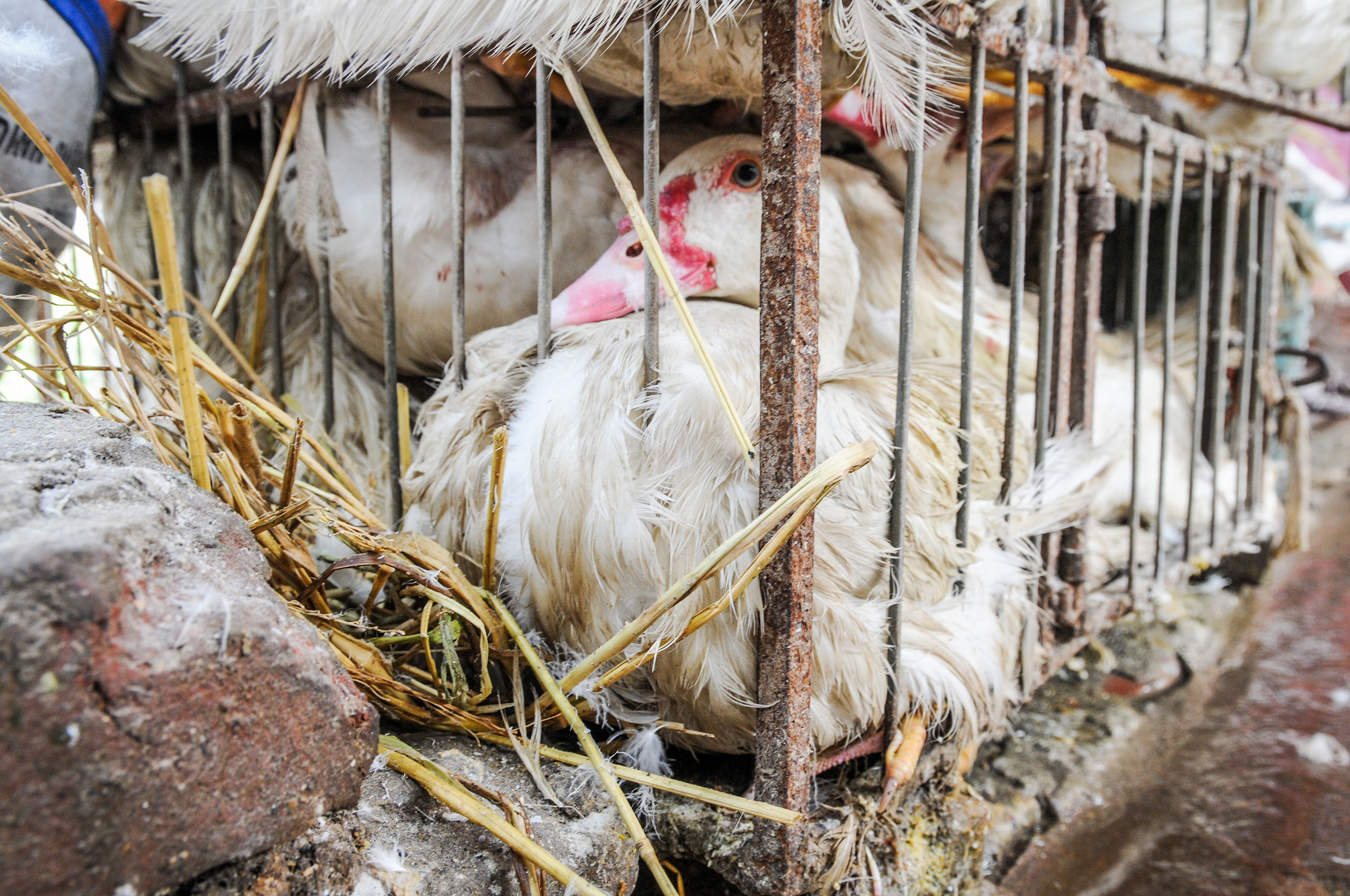
Live Animal Markets are markets where animals are killed on site. They are often called “wet markets”, although wet markets are technically marketplaces that sell any perishable foods, including meat, fish, fruit and vegetables. Not all wet markets sell live animals. The live animal markets are often referred to as “wet” because of the wet floors from melting ice, spilled water from tubs of live fish, and the blood and bodily fluids of animals killed on the premises. These markets exist all over the world, but are extremely popular in Asia, Africa and Latin America. They provide fresh meat for many people in poor rural isolated areas, but are also popular in cities and more populated regions, because many sell exotic, rare and wild species which are considered delicacies, or species that are believed to have medicinal properties. These markets are unsanitary and usually completely unregulated, and are breeding grounds for disease. The SARS outbreak of 2002-2004 and Covid-19 are both widely believed to have originated from live animal wet markets.
The animals sold at these marketplaces are kept in tightly cramped cages or stalls, with no regard for their treatment and welfare. Farm animals are shipped from factory farms on trucks and packed into tiny vending stalls. Wild animals sold in markets are sometimes captive born, but are usually captured from the wild. Species of all different kinds are kept in small overcrowded cages next to other species, and sometimes mixed together, all in close proximity to humans. The markets are filthy, often fly infested, and the distressed animals are often sitting or standing in their own feces and urine, often without access to food or water. The animals are butchered right on the premises in these inhumane open markets, often without any gloves, and with knives that have been used on other species. All types of animals are sold at these markets, including many endangered species that are illegally sold. Wild animals commonly sold for slaughter at the markets include birds, fish, rats, pangolins, bats, turtles, snakes, deer, porcupines, hedgehogs, crocodiles, marmots, civets, monkeys, badgers, lizards, wolf pups, peacocks and scorpions. Domestic animals include chicken, ducks, cattle, pigs, goats, sheep, dogs, cats, turkeys and rabbits. The markets are full of bacteria and parasites, and are a threat to public health.
Many people believe that these markets only exist in Asia, but don’t realize that these markets exist throughout the world. In fact over 80 live animal wet markets are operating in New York City alone, despite the New York State on Pause Executive Order. The majority of the markets in New York sell chicken and poultry, but many also sell live goats, sheep, cattle and rabbits for slaughter. They are located in busy residential neighborhoods, and pose a significant health and safety risk, as they are unsanitary and poorly regulated.
In fact over 80 live animal wet markets are operating in New York City alone
The conditions in these markets are ideal for the spread of zoonotic diseases, which are diseases originating from an animal that can infect humans. In fact 75% of new infectious diseases affecting humans originated in animals. In addition to SARS and Covid-19, HIV, Ebola, avian flu, swine flu and many others are all known to have originated from animals. The risk for these diseases is particularly dangerous as animals of mixed species are cramped together in unsanitary conditions in close proximity to humans. Many people mistakenly believe that the majority of diseases come from wild animals when in fact avian flu, swine flu, anthrax and mad cow disease, as well as many other zoonotic diseases, have come from domesticated farm animals.
It is clear that all wildlife and live slaughter markets need to be banned to avoid another pandemic, but it is a complicated issue. Many low income people throughout the world rely on these markets for income. It is also their source for fresh meat, which cannot reach many people in poor remote areas otherwise. Alternatives need to be created for these communities.
There is currently a huge push to get these markets closed worldwide. China recently put a temporary ban on the trade and consumption of wild animals for food, but wild animals used for traditional medicine are exempt. After the SARS outbreak, wildlife markets were temporarily restricted but resumed after the threat subsided. In July Vietnam shut down markets where illegal wildlife was being sold, and put a temporary ban on the import of wild animals. In the United States The Global Wildlife Health and Pandemic Prevention Act was introduced by Senators Chris Coons, D-Delaware, and Lindsey Graham, R-South Carolina, to end the sale of high-risk wildlife species in live animal markets for human consumption. The Act, if passed, would require the U.S. government to identify and shut down live wildlife markets around the world that pose risks to public health, leveraging international diplomacy to close these high risk markets. But the country has a lot of work to do before looking overseas, as the U.S. is the world’s largest importer of wildlife. In New York Bill # A.10399/S.8291 has been introduced by Assembly Member Linda B. Rosenthal and Senator Luis Sepúlveda to shut down the live animal slaughter markets and prevent new operational licenses from being issued. In addition to new legislation being passed throughout the world, the United Nations and the World Health Organization need to step in as it is clear that wild animal markets, wildlife trade and live animal slaughter markets need to be banned as they are an immediate threat to public health and safety worldwide.
